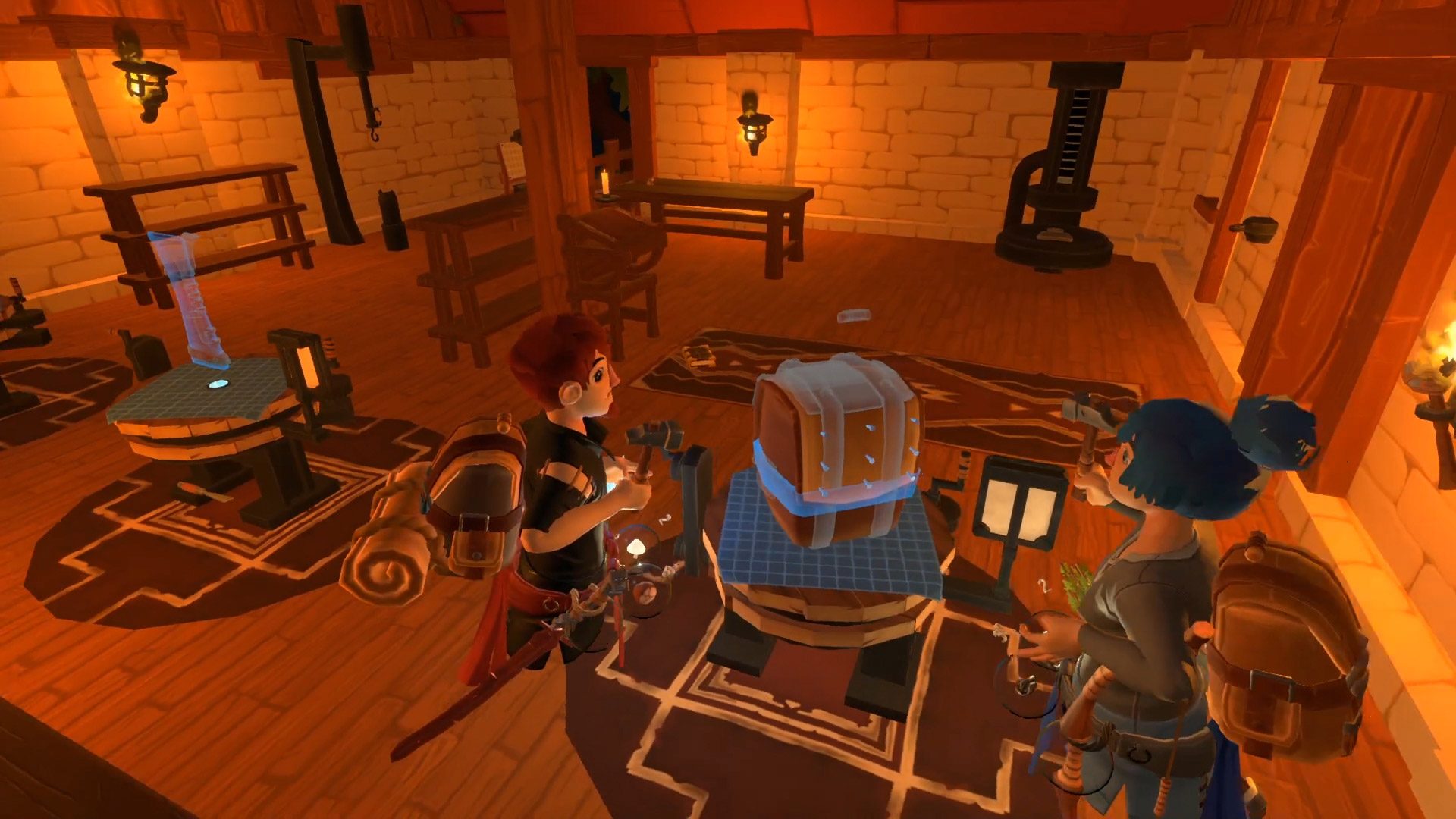

Step Two: Consider attachments Adding a weapon/tool usually ends all further crafting, so it is important to consider any attachments before that moment. Finally, some handles have certain characteristics that provide extra locations to add items, or may even restrict what items are added. Handle length plays a role in Damage calculations and handles have their own Durability. Nevertheless, the handle chosen dictates what attachments and ultimately what tool/weapon can be added. However, no two handles have the same length, so this is a bit deceiving. These typically correspond to length, so some players just call them short, medium and long handles. Step One: Choose a Handle There are roughly three categories of handles and they are One-handed (1h), Hand-and-a-half (1-1/2h) and Two-handed (2h). So, the typical crafting process goes like this: From this axiom, the others follow, but it also provides a guideline for the general crafting process. The first one is this: One handle per item. Unfortunately though, ATT is not completely limitless and there are certain rules that guide the crafting process. By attaching these together, players can create wild and unique weapons that assist them throughout their journey. Overall, most crafting items fall into one of three broad categories: Handles, Tools/Weapons and Attachments.

Items can also be disasembled using the Deconstructor at the Smithy or Carpentry Workshop. If a player lets one item go, the two items snap together. Moving the items close together will cause the indicator to turn green. When two items can be conjoined, a blue indicator line will show all possible combinations. Is when you conjoin two items to create a new item.


 0 kommentar(er)
0 kommentar(er)
